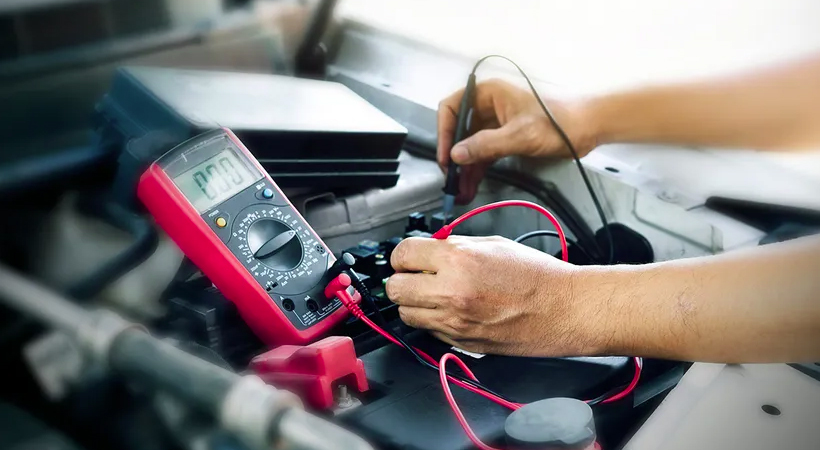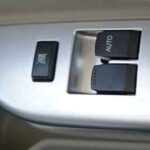The alternator is a relatively simple component containing only a few parts, but it plays a critical role in the operation of any gasoline-powered vehicle.
The alternator is a relatively simple component containing only a few parts, but it plays a critical role in the operation of any gasoline–powered vehicle. Essentially, the alternator turns the mechanical energy of the engine’s rotating crankshaft into electricity through induction. Wires within the alternator cut through a magnetic field; this, in turn, induces an electrical current. That current is used to power your car’s accessories, which can be anything from headlights to electro-hydraulic lifts on a snowplow. The alternator also keeps the battery fully charged, providing the power it needs to start the car.
Signs of Alternator
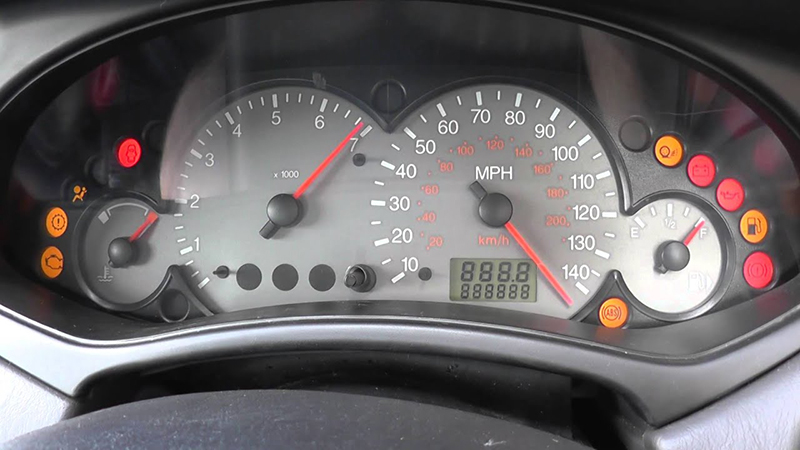
- Warning Light
- Dim Light
- Flickering Light
- A Dead Battery
- Bad Belts
Warning Light
This light is linked to computer systems within the car monitoring the voltage output of the alternator. If the alternator’s output goes below or above a pre-set limit, then the dash light comes on. Once the output is within range, the light remains unlit. In the early stages of alternator problems, the light can seem to flicker — on for just a second and then off again. Or maybe it lights up only when accessories are activated.
Dim Lights
Your exact experience is usually dependent on a number of factors. The first is how well the alternator is still producing power and also where it is in its death cycle. The second is how your car is programmed. In most new vehicles, auto manufacturers have a sort of preprogrammed priority list for where electricity will be sent just in case an alternator problem arises. This is usually based on safety considerations. For example, your car’s heated seat will turn off or the radio will quit before the headlights dim and fade away. That’s because you need to be able to see in order to safely pull over and stop if your car suddenly dies — your radio and heated seats working simply become secondary at that point.
Flickering Light
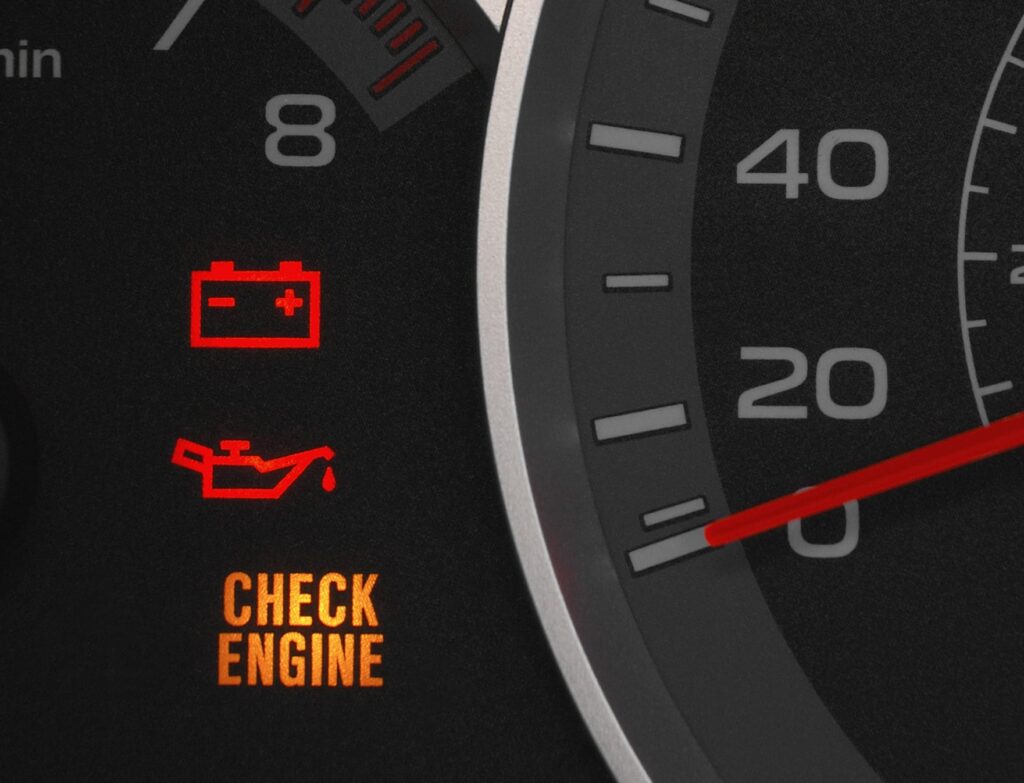
Can you pinpoint that the lights flicker when you do something else that draws electricity, such as turning on the radio, adjusting the climate control, or using your power windows? That will be the key to helping you narrow down the possibilities since it demonstrates your lights are flickering in response to the extra load on the system.
A Dead Battery
Car batteries are not designed for long-term power use. They’re designed to provide your vehicle with enough electrical oomph to start by juicing the starter motor with a surge of power and getting the whole works spinning. In other words, a bad alternator can get your attention by killing your car’s battery, even if the battery wasn’t the problem, to begin with.
Alternator Bad Belts
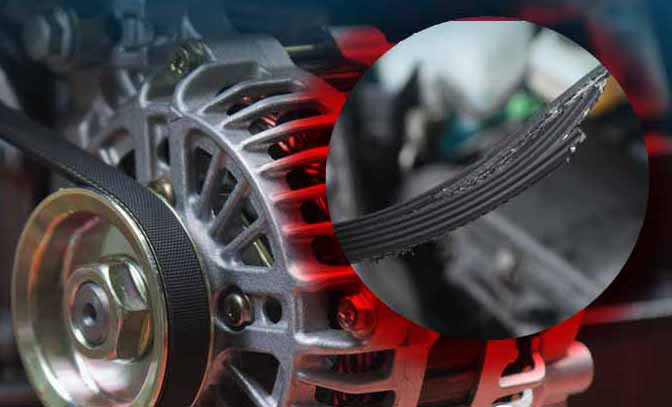
Mechanics are used to customers complaining of classic alternator issues, and then opening the hood to find the belt missing, hanging off the engine block, or so lose its flapping around the engine compartment. Since a broken or loose belt is pretty obvious, take a peek under the hood to see if your car has any of these issues, even if you aren’t skilled enough to fix them yourself.
Alternator Problems


